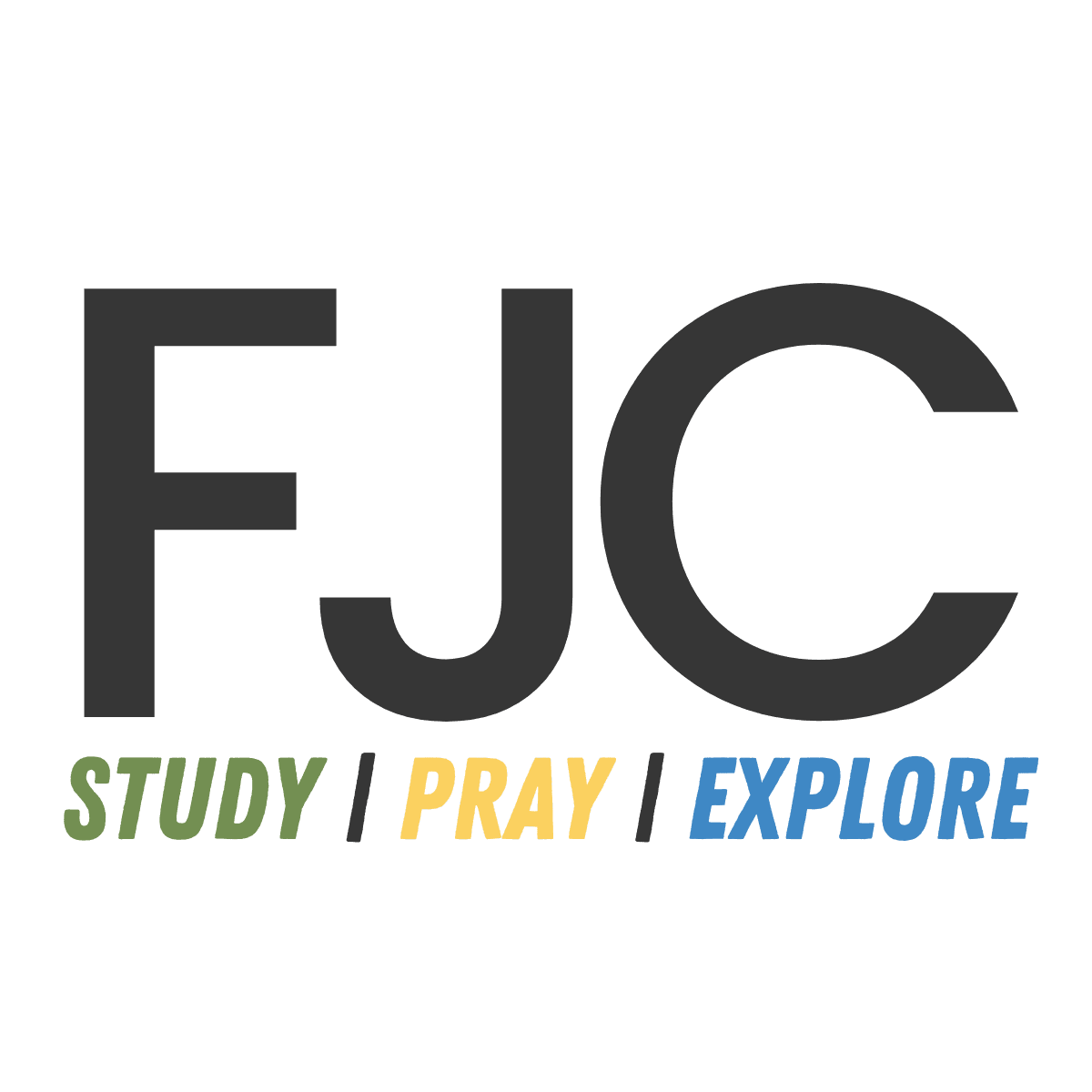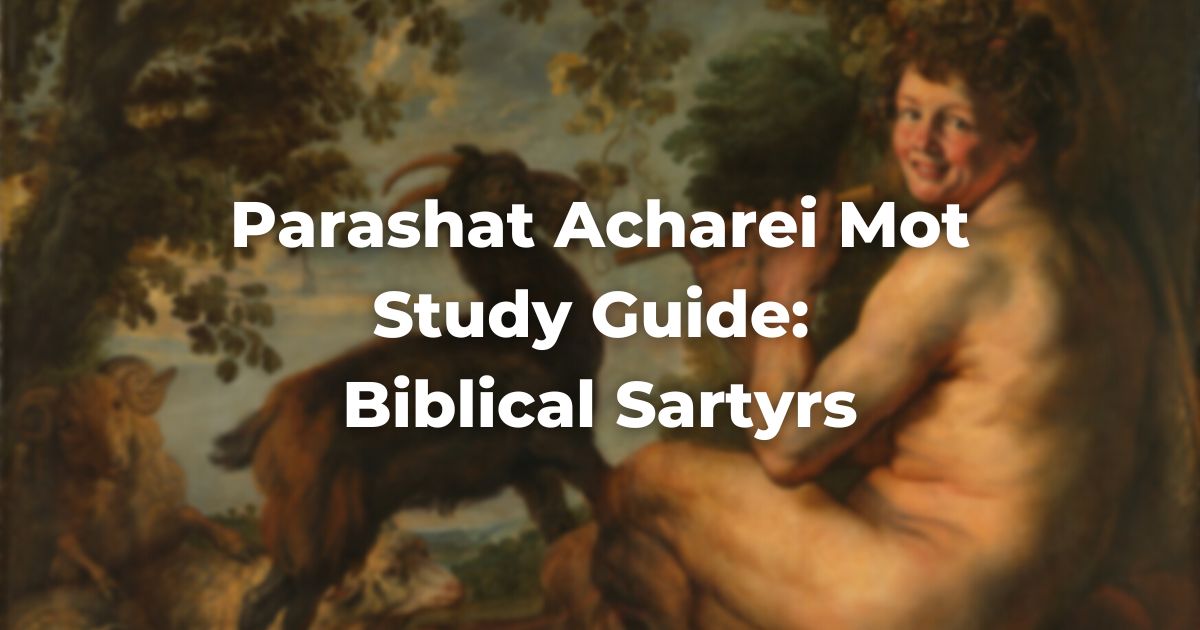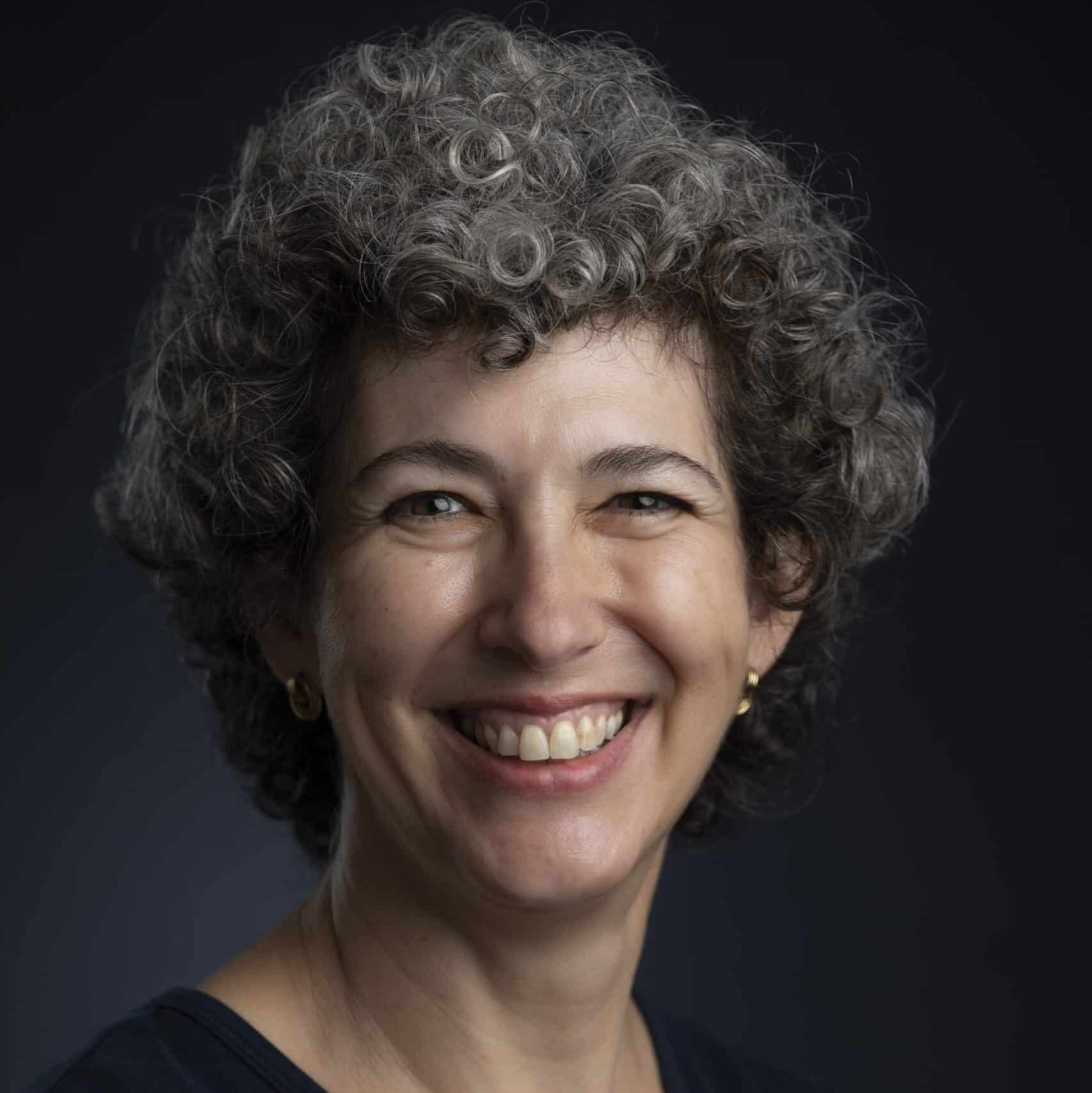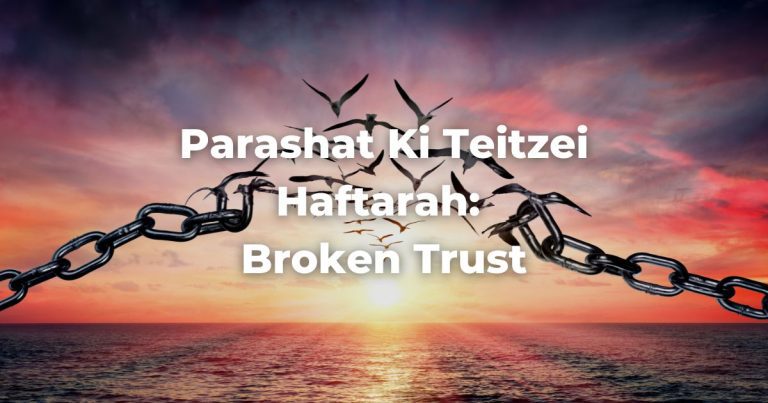Text: Vayikra 17:1-7
1 And the Lord spoke to Moshe, saying, 2 “Speak to Aharon … and to all the children of Israel … 3 “Whatever man of the house of Israel who kills an ox or lamb or goat in the camp, or who kills it outside the camp, 4 and to the door of the Tent of Meeting he did not bring it to offer an offering to the Lord … the guilt of bloodshed shall be imputed to that man … 5 to the end that the children of Israel will bring their offering which they offer in the open field … to the Lord at the door of the tabernacle of meeting, to the priest … 7 They shall no more offer their sacrifices to the se’irim (satyrs), after whom they stray …
- Why might people kill an animal outside the Mishkan? How is such a kill perceived?
- Why and to whom do people sacrifice outside the Tent of Meeting? How does the TorahRefers to the first five books of the Hebrew Bible, the Tanakh, also called the Five Books of Moses, Pentateuch or the Hebrew equivalent, Humash. This is also called the Written Torah. The term may also refer to teachings that expound on Jewish tradition. Read more view this practice?
- What might we deduce about the nature of the se’irim and people’s involvement with them based on this section?
The se’irim appear in several other biblical passages. Let’s consider the following sources to learn a bit more:
II Chronicles 11:14-15
14 For the Levites … came to Judah and Jerusalem, for Jeroboam (the first king of the Northern Kingdom) and his sons had rejected them from serving as priests to the Lord. 15 And he appointed for himself priests for the high places and the se’irim, and for the calves which he had made.
- Se’irim seem to have a cultic role. What might be the reason for such a practice? In what ways does this description suit what we learn in the parashah? What might it add to our understanding?
Isaiah 13:19-21
19 And Babylon, the glory of kingdoms … Will be as when God overthrew Sodom and Gomorrah. 20 It will never be inhabited, Nor will it be settled … 21 But wild beasts of the desert will lie there, And their houses will be full of howling creatures. Ostriches will dwell there, and se’irim will caper there …
- What seems to be the natural habitat of se’irim? How does this add to our understanding of the cultic practices of se’irim-worship? How does this help explain the practice alluded to in the parashah?
Commentary: Ibn Ezra on Vayikra 17:7
To the se’irim—Se’irim are the demons … The word “more” teaches that the Israelites did so in Egypt.
After whom they stray—For whoever seeks after them and believes in them strays from under his God, for he thinks that there is someone aside from God… who does good or evil.
- Ibn Ezra points out that the practice of se’irim-worship was already practiced. Why might people not have felt a conflict in worshiping demons while worshiping God? Why is the practice unacceptable?
See more: Parashat Acharei Mot
Originally posted as part of the Conservative Yeshiva at the Fuchsberg Jerusalem Center’s Torah Sparks. Support Torah learning from the Fuchsberg Jerusalem Center/Conservative Yeshiva for leaders and seekers around the world here.
Authors
-

Vered Hollander-Goldfarb teaches Tanach and Medieval Commentators at the Conservative Yeshiva and is a regular contributor to Torah Sparks, FJC’s weekly message on the weekly Torah portion. She received her M.A. in Judaic Studies and Tanach from the Bernard Revel Graduate School of Yeshiva University and studied at Bar-Ilan University and the Jewish Theological Seminary. Before making aliyah, Vered taught at Ramaz School and Stern College in New York.
View all posts -



The Fuchsberg Jerusalem Center (FJC) is a home in the heart of Jerusalem where leaders and seekers can find an authentic place in Jewish tradition to call their own. FJC offers opportunities to study, pray and explore within an egalitarian and inclusive setting, creating multiple pathways for finding personal and communal meaning.
View all posts






